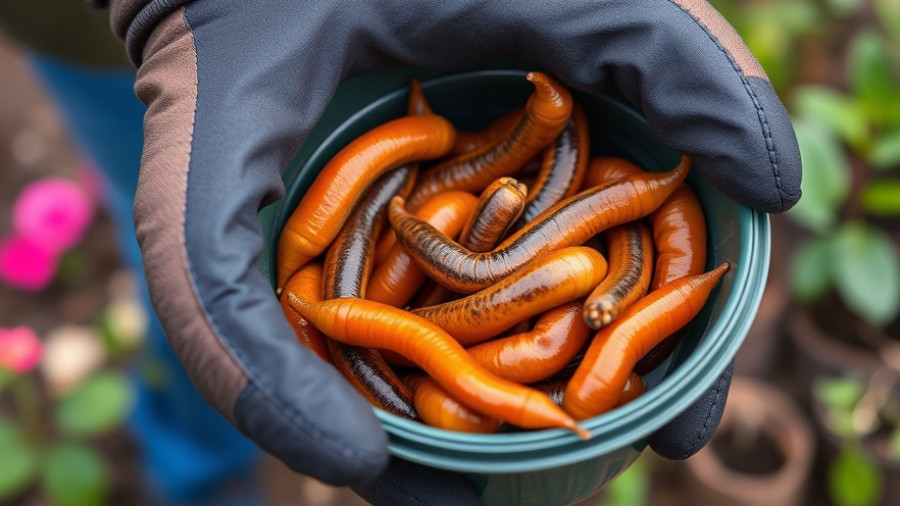
Discover the Enchantment of Morning Evening Primrose
Among the diverse flora across gardens and fields, few plants captivate like the Morning Evening Primrose (Oenothera biennis). A botanical marvel, this flower presents a unique dichotomy—while it is commonly known as evening primrose, it can open its petals at different times of the day depending on the local climate. This adaptability allows it to thrive in various environments, making it a beloved choice for many gardeners.
Versatile Varieties Enrich Your Garden
Many delightful varieties of the morning evening primrose inspire gardeners to explore their beauty:
- Greencourt lemon (Oenothera macrocarpa): This variant features pale greenish-yellow flowers atop striking red stems, offering a visually stunning contrast.
- Lemon drop (Oenothera ‘Innoeno131’): As its name implies, this variety yields bright lemon-yellow blooms and requires minimal maintenance, perfect for busy gardeners.
- Mexican evening primrose (Oenothera speciosa): Known popularly as Pinkladies, this variety showcases charming pink bell-shaped flowers.
- Beach evening primrose (Oenothera drummondii): With its sunny yellow, cup-like shape, this variant thrives near sandy coastal areas, making it a favorite among seaside gardeners.
The Spiritual Significance of Primrose
Morning evening primrose is not just valued for its visual appeal; it also holds rich spiritual significance. Many cultures associate this flower with the fairy realm—believing it acts as a protective charm against negativity and bad luck. Its delicate blooms symbolize youth, innocence, and resilience, infusing one’s projects with newfound vigor and enthusiasm. Respecting these flowers is said to attract benevolent energy, while any transgressions could invoke the wrath of the fairies.
Transforming Spaces: The Impact of Primrose on Well-Being
Beyond its folklore, the morning evening primrose can transform both physical and emotional spaces. Standing among vibrant patches of these flowers encourages mindfulness and connection to nature, enhancing overall well-being. The act of gardening itself can be restorative, promoting sustainability and environmental responsibility—a core value for many vivid eco-minded individuals.
Tips for Cultivating Morning Evening Primrose
If you’re considering adding this beauty to your garden, take note of these practical tips:
- Optimal Conditions: Morning evening primrose flourishes in well-drained soil and sunny conditions. Ensure they have plenty of sunlight to maximize blooming potential.
- Minimal Care: These plants can thrive with little water, making them an excellent choice for sustainable gardening practices.
- Harvesting Tips: While certain parts of the plant are edible, it’s important to respect the plant’s health. Only harvest blooms judiciously to ensure it continues to thrive.
Overall, the morning evening primrose is more than just a lovely addition to your landscape; it’s a connection to nature, culture, and community.
By understanding and appreciating the unique attributes of this flower, you can enhance both your garden and your personal well-being, nurturing a deeper relationship with the environment.
 Add Row
Add Row  Add
Add 




Write A Comment